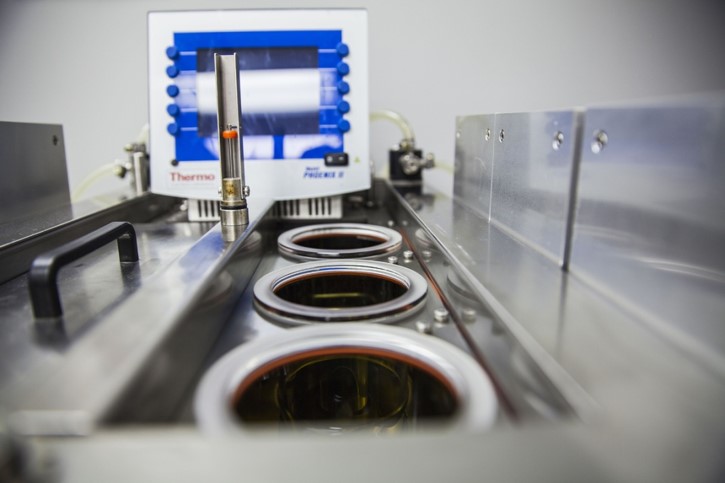- Qinsun Instruments Co., Ltd.
- Tell:+86-21-6780 0179
- Phone:+86-17740808215
- Address:No. 2578 Minhang District Gu Dai Road, Shanghai
- Contact:Mr. Li
- QQ:846490659
Microbial testing and food safety

1、 The necessity of microbiological testing for zero width food
With the improvement of people's living standards, food safety has gradually been valued by the government and the public. In terms of food safety, food borne diseases caused by microbial contamination remain the most prominent issue in the world's food safety. During the process of processing food, bacteria often enter the food along with the production of raw materials, processing of finished products, packaging, and storage and transportation of products, causing food pollution and affecting consumer dietary safety. Therefore, food microbiological testing plays an extremely important role in evaluating food hygiene quality and ensuring consumer dietary hygiene.
2、 The particularity of food microbiological testing
The inspection of microorganisms in food requires specialized instruments and technical facilities, and is operated by trained personnel. It is precisely the special working environment that creates the unique characteristics of food microbiology inspection.
1. It involves a wide range of microorganisms and requires high standards.
The scope of food microbiological testing is quite extensive, including the following categories:
(1) Microorganisms and their toxins that cause food poisoning in humans and animals. There are more than ten types of bacteria such as Salmonella, Yersinia enterocolitica, Aspergillus flavus, Vibrio parahaemolyticus, etc.
⑵ Pathogenic microorganisms transmitted through food. Including pathogenic microorganisms of human diseases, pathogenic microorganisms of livestock and poultry diseases, and pathogenic microorganisms of zoonotic infectious diseases. There are hundreds of types of these microorganisms.
⑶ Microorganisms in the food industry. Such as brewing, fermentation, industrial mold, yeast, and other types of yeast.
In addition to the wide range of microbiological testing, sample collection is also crucial in the process of food microbiological testing. During the collection process, representative samples should be collected based on investigations into the sources of raw materials, processing methods, transportation, storage, and sales of food. The collection process requires sterile operation, and the quantity and method of sampling should be suitable for the inspection purpose. It should also take into account natural conditions such as temperature, humidity, and hygiene conditions at the sampling site.
2. The number of tested bacteria is small and the interference is high.
The tested strains in the process of food microbiological inspection are mainly contaminated due to improper operation in production, processing, storage, transportation, sales, etc. A large number of non pathogenic microorganisms exist, while the number of pathogenic microorganisms is relatively small. In addition, some pathogenic bacteria are damaged during hot and cold processing, making it difficult to detect the tested strains, which brings many troubles to the inspection work and affects the accuracy of the inspection results.
3. Food microbiological testing needs to be accurate and timely.
After the completion of food production, in order to maintain freshness, it is generally necessary to enter the market as soon as possible and transfer it to consumers. This requires inspection work to obtain results as soon as possible, which plays an important role in improving product quality, avoiding economic losses, and ensuring food safety. The large-scale production of food in factories, with a large number of samples in each batch, directly affects the accuracy of the inspection. If the inspection results are not accurate, it will cause serious political and economic losses.





